Heat Treatment of LSAW Steel Pipe
Longitudinal submerged arc welded (LSAW) steel pipes play a crucial role in various industrial applications. To ensure their mechanical properties and proper performance, heat treatments are essential in the manufacturing process. This article explores the most common methods used in the heat treatment of these pipes, including normalizing, stress relieving, quenching, and tempering.
Why are heat treatments important?
Heat treatment improves the internal structure of the steel, resulting in increased strength and durability. In addition, these processes help ensure that the pipes meet the stringent quality specifications required in critical applications.
LSAW steel pipe is widely used in various industrial fields, especially in pipeline engineering, construction, oil and gas, etc. The biggest advantage of LSAW steel pipe is that it can produce specifications and models that cannot be produced by high-frequency steel pipes, ssaw steel pipe, and even seamless steel pipe. The quality of its welds is critical to the integrity and safety of welded pipes. The quenching and tempering treatment of welds is an important process step to improve the strength, toughness and corrosion resistance of welds. This article will focus on the quenching and tempering treatment of LSAW steel pipe.
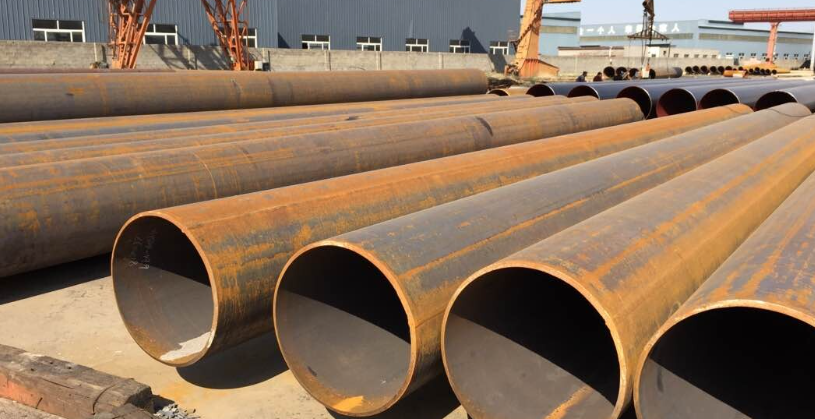
Objective of Normalizing
The main purpose of normalizing is to uniform the grain size and improve the overall strength of the material. This is crucial to ensure consistent performance under demanding conditions.
How is normalizing performed?
The process involves heating the steel tubes to a temperature above the critical transformation temperature. They are then cooled in air to allow the formation of a uniform granular structure. This method also reduces internal structural defects.
Stress Relieving
Stress relieving is another critical step in the heat treatment of LSAW tubes. This process minimizes residual stresses generated during manufacturing, especially at the welding stage.
Weld quenching treatment
The quenching of steel is to heat the steel to a temperature above the critical temperature Ac3 (hypoeutectoid steel) or Ac1 (hypereutectoid steel), keep it warm for a period of time to make it fully or partially austenitized, and then cool it at a temperature greater than the critical cooling rate. A heat treatment process that rapidly cools to below Ms (or isothermally near Ms) to transform martensite (or bainite). Quenching treatment is an important part of the heat treatment of weld metal. Its main purpose is to improve the hardness and strength of the metal through rapid cooling. In the production process of high-frequency straight seam tubes, the quenching treatment of the weld usually involves the following steps:
1. Preheating treatment: In order to ensure uniform heating of the metal and avoid excessive temperature gradients during quenching, the weld needs to be preheated first. The preheating temperature is usually determined according to the type and thickness of the metal.
2. Rapid heating: Use high-frequency heating method to quickly heat the weld to the quenching temperature. High-frequency heating has the advantages of fast heating speed and high thermal efficiency.
3. Quenching: Rapidly cool the weld to room temperature or slightly below room temperature to obtain a martensite structure and improve hardness and strength. Commonly used quenching methods include water quenching, oil quenching and air cooling.
Weld tempering treatment
Tempering is a heat treatment process that heats quenched metal products or parts to a certain temperature, holds them for a certain period of time, and then cools them in a certain way. Tempering is an operation performed immediately after quenching, and is usually the last step in the heat treatment of the workpiece. A process, so the combined process of quenching and tempering is called the final treatment. The purpose of tempering treatment is to adjust the mechanical properties of the metal, eliminate internal stress, and improve toughness and corrosion resistance. The temperature and time of tempering treatment are key factors affecting the tempering effect.
1. Temperature selection: The tempering temperature should be selected so that the tensile strength, yield point and elongation of the weld reach an ideal balance. Different metal materials have different tempering
temperature range.
2. Time control: The tempering time is usually determined according to the thickness of the weld and the tempering temperature. Proper tempering time can ensure that the weld is fully tempered and obtains the best mechanical properties.
3. Tempering treatment method: According to needs, you can choose to perform natural tempering in the air or protective tempering in a specific atmosphere. Protective tempering can further optimize the performance of the weld.
The quenching and tempering treatment of LSAW steel pipe is a key step to improve the quality of the weld. Through reasonable quenching and tempering processes, the hardness and strength of the weld can be significantly improved while maintaining good toughness and corrosion resistance. In actual production, strict quality control and mechanical performance testing are necessary measures to ensure the quality of welds. In the future, with the development of new materials and new processes, the quenching and tempering treatment technology of welds will continue to improve, further improving the quality and performance of welds.






 English
English Español
Español بالعربية
بالعربية

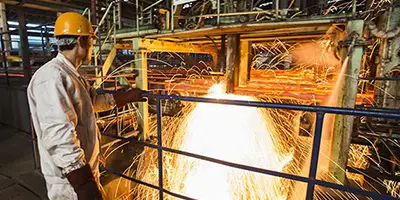
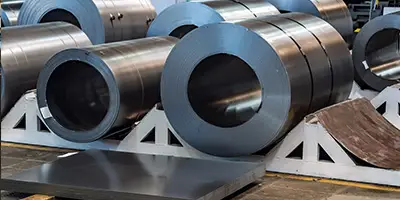

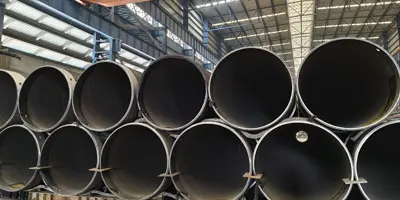
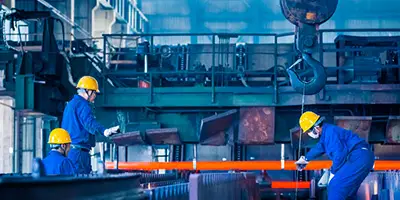
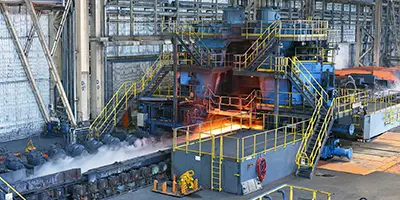




 Phone :
Phone :  Whatsapp :
Whatsapp :  Email :
Email : 


